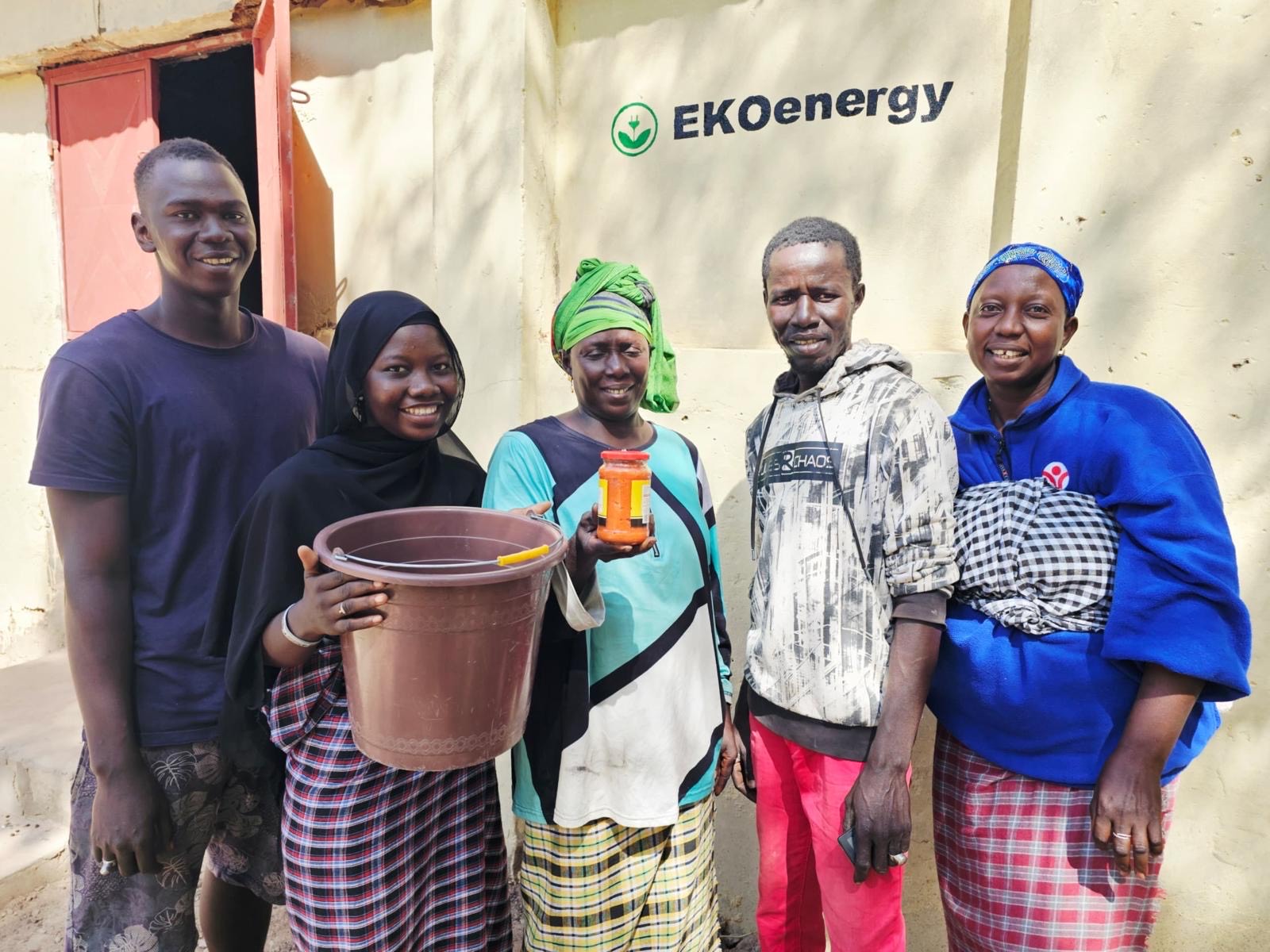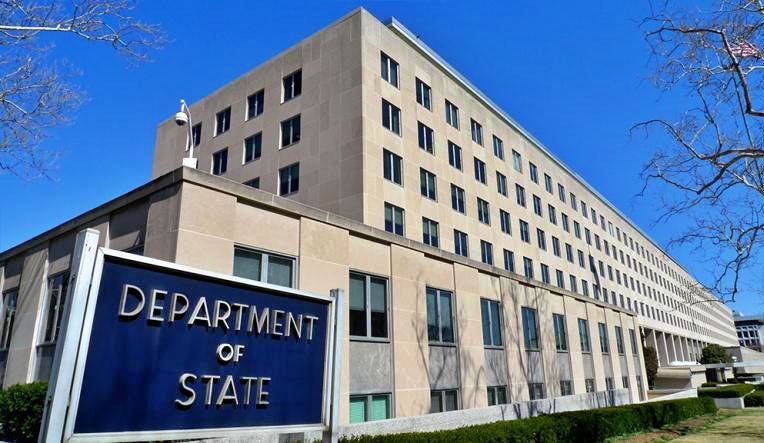In a nation where over 800,000 youth currently pursue basic education with optimism, an insidious threat quietly suffocates their potential. The familiar barriers of limited economic prospects, institutional weaknesses, and societal stratification have long demoralized ambitions. But now, an even graver menace permeates the streets targeting The Gambia’s future.
After lackluster schooling leaves most barely employable for living-wage roles much less high education, a melancholic haze descends upon adolescence. The same children who recently frolicked streets with innocence now confront…what next? This aimless phase leaves little worthy pursuits in view. With under 5% university acceptance, most lament a vast desert of opportunity spanning the horizon after secondary graduation.
Instilled with neither adequate job skills nor counseling on constructing opportunity, dejected youth wander town existentially vexed by their surplus. Depressions, stress disorders, social media addictions erode self-worth early as this vital human capital decays on sidewalks it was created to build up.
While health ailments such as diabetes and hypertension typically haunt midlife, a different malignancy infests mental and emotional health in The Gambia’s youth increasingly early. Combined with widespread hopelessness from high underemployment and unreliable prospects, many naturally hedge dreams in the long-shot odds of sports stardom to escape poverty. Until career-ending injuries or unforgiving reality clarifies the improbability of those paths.
And so as recurring setbacks stack without emotional resilience nurturing, these marginalized masses remain ripe for radical escape from hardship. Which brings us to the true societal scourge quietly waiting in the shadows offering salvation: The New Opium of the Masses — polydrug narcotic mixtures deceptively labeled “Kush.”
An epidemic of accessible, unregulated narcotic cocktails marketed as “Kush” or “Gina Bass” infiltrate communities, leaving ruined lives and dreams smoldering in its wake. Sold for as little as D100 per stick, these mixtures promise temporary escape from the despair faced by so many directionless Gambian adolescents. Instead, it hijacks destinies, replacing vibrant futures with rehabilitative ones — if they survive at all.
For youth completing an already deflated education system with minimal practical skills or proactive counseling, the view ahead remains obscured in haze. With university acceptance inaccessible for over 95%, the question looms: now what? Idle and dejected, seeking stimulation yet confronting societies limited empathy for their plight, adolescent minds crave activation.
Into this void step the peddlers with their neon-labeled salvation. And oh, how the contents glitter temporarily…until the fleeting high repeals all light permanently. Because deriving short-term pleasure from this chemical chaos carries lasting consequences.
The Real Price Behind the Highs
So what lurks inside these deceptively colorful packets? Experts warn Kush mixes can contain deadly combinations of:
· Formaldehyde and Methanol: These potent embalming fluids used on dead bodies and industrial solvents react aggressively when ingested, severely burning, and ulcerating internal organ tissues upon contact. Even small amounts cause vomiting, abdominal pain, and bloody stools indicating intestinal wall erosion. At high doses, fatal kidney, and liver failure result with brain damage from methanol converting to formaldehyde within the body.
· Methamphetamine and Heroin: These dangerously addictive stimulant narcotics constrict blood vessels, rapidly increase heart rate/blood pressure, and rewire dopamine receptors in the brain disrupting normal pleasure-pain signaling pathways. Heart attacks, strokes, and long-term emotional regulation challenges follow alongside the extreme dependence.
· Cannabis and Tobacco: While less benign alone, potent street varieties of marijuana combined with tobacco products increase risks of lung infections like chronic bronchitis. Heavy metals or mold found on street cannabis may further irritate lung tissues causing scarring. Tobacco itself remains implicated in diverse cancers long term.
· Codeine and Benzodiazepines: These medicinal depressant substances depress respiratory function when overdosed, with benzodiazepines also linked to permanent amnesiac effects interfering with memory and cognition. Their interactions with stimulants prove unpredictable, but likely also detrimental. Additionally, prescription opioid analgesics like tramadol carry high addiction and abuse potential on their own, made graver when combined recklessly with Kush components of unknown strength. The widespread availability of such controlled medications in The Gambia illegally without prescription magnifies the polydrug risks.
Overall, the synergistic toxicity of combining such psychotropic substances creates Russian Roulette pharmacology in the body and brain. While short term outcomes range from euphoria and psychosis to seizures or sudden death from syncope or asphyxiation, lasting repercussions emerge for survivors:
· Cirrhosis and Liver Cancer: Repeated hepatotoxic insults from toxins like methanol and drugs like codeine cause irreversible end-stage liver disease known as cirrhosis which gives way to terminal liver cancer.
· Kidney Disease and Organ Failure: Constant assault from poisons strains the kidneys over time decreasing filtration capacity through tissue scarring till conditions like interstitial nephritis manifest, eventually ending organ functionality.
· Heart Disease and Stroke: Formaldehyde thickens blood vessels also narrowing them from methamphetamine and tobacco. Poor circulation deprives the heart of oxygen and strains electrical signaling til aneurysms or infarcts cause attacks.
· Psychotic Disorders and Depression: Distorted dopamine reception following heavy stimulant abuse combined with serotonin depletion from empathogens may catalyze latent mental illness like schizophrenia or trigger violent tendencies marked by social withdrawal and suicidal thoughts from anhedonia.
The devoid futures confronting adolescent “Kush” users darken with each hit. Yet tragically, banning life-damaging substances hardly stops determined demand when hopelessness abounds. Thus, curbing this scourge requires greater social and healthcare buffers targeting youth upstream before desperation cascades into irreversible annihilation downstream.
Systems Unprepared for Addiction Fallout
Yet precisely when the multiplying addictions of desperate youth demand immediate rehabilitation interventions, The Gambia’s systems remain woefully unprepared for substance abuse disorders on this scale. Between the stigma dismissing addiction as merely moral failure, and limited public health capacity for psychological support, we shame the same youth sentenced by circumstances to pursue fleeting joy on dangerous paths promising none in the end.
In a society where denial and witchcraft explanations get leveled against “ill-fated” young men rather than modern medical science guiding community support, the burgeoning addiction crisis faces massive barriers. Hard drug issues have long remained shoved underneath society’s rug. But now the rug has faded, and we must confront the dust that decades of avoidance has let accumulate into a tragic mound burying our sons once filled with promise.
The healthcare infrastructure still lacking, societal tendencies to associate sickness with spiritual attacks rather than take responsibility for structural shortcomings, and the cyclical nature of shame keeping victims isolated and ashamed to seek care — together these forces have created the perfect storm for the Kush Crisis to ambush all the progress made in adolescent health and welfare thus far. We must bring this epidemic out from the shadows it has multiplied within and make youth rehabilitation capacity an urgent policy priority across health and community agencies.
Minimal access exists to trained psychiatrists or addiction counselors and scarce community-based group support compared to ballooning needs. Residential rehab facilities in countries in the sub-Saharan region could enable youth to detox safely away from triggers and dealers during early recovery. But such interventions remain prohibitively expensive for most families in this predominantly impoverished consumer base.
With porous borders readily transmitting narcotic imports, the undigitized pharmacy sector across Gambia further hampers oversight on controlled prescription monitoring and enforcement. Online surveillance could track suspicious sales activity indicative of diversion or abuse. But opaque paper-based systems keep the majority of transactions invisible, enabling uncontrolled self-medication and dangerous polypharmacy.
Indeed, regulations abound in health sectors lacking coordination much less uniform enforcement. Passivity persists across agencies towards preventative policy targeting youth outreach, early interventions, community policing, and long-term rehabilitation programs. Until the underlying social roots fertilizing addiction’s spread get addressed through youth empowerment and lateral regulation, this epidemic will continue proliferating unseen.
So as alarming upticks in “Kush” consequences echo across hospitals, one must soberly contend: this public health menace risks dynamiting Gambia’s fragile development gains by robbing human potential early. With established healthcare and pharmaceutical governance systems still in their infancy, the path ahead remains obscured in smoke — unless we rapidly prioritize youth mental health infrastructure and multisector coordination.
A Devastating Social Calamity if Unchecked
Make no mistake, with over 65% of the population under age 25, arresting this scourge requires confronting it as the deep social emergency it represents. Our national potential directly correlates with empowering youth wellbeing beyond survival towards fulfilling self-actualization.
Thus, denying at-risk adolescents mental health support and career development opportunities, then criminalizing their search for escape through sparsity of options leaves blood on collective national hands. Have we adequately taught resilience? Have we listened to cries for purpose amid scarce prospects after secondary schooling? Did we provide adequate warnings against false chemical relief?
If most answered no, then societal failures paved the path towards this affliction. The times demand severe self-reflection on how we can radically reform youth engagement models to ignite passions and channel creativity towards entrepreneurship, technical skills, arts and wellness.
Concurrently, only by revolutionizing rehabilitation access can we optimize addiction treatment outcomes once thousands cross the line into life-threatening usage. Making recovery support groups widely available remains essential. Guiding lost sheep gently back necessitates open arms, not closed minds. The task ahead stretches far beyond merely boosting drug enforcement and border controls.
For those not directly in addiction’s grasp, sympathy sans judgment stands vital. Avoid labeling victims morally weak rather than wounded. Channel compassion into supporting youth initiatives lifting deprived members higher. Redefine culture to make seeking help normative rather than shameful.
The futures gambled belong equally to us all. With so much uncertainty ahead, securing the self-worth of successors deserves top priority or risk collective impoverishment. The “Kush Crisis” must be elevated from background noise into an urgent national conscience.
This menacing pink elephant in the room is no mirage. Address the youth adversity factors, economic constraints and healthcare capacity issues fueling susceptibility. Fortify mental health buffers and rehabilitation channels before toxicity becomes permanent. Only by converting youth despair into inspired motivation can we spark true development while the window of agency remains open.
With tender cultivation, crops still swaying can grow strong. But delay responsive action, and far too many may end up crushed under the stupefying addiction pandemic. Let us muster the courage to nourish Gambian potential against destructive influences seeking to uproot hope. Our children deserve no less.
CODA…
Hail the Queen.
Gina Bass, often hailed as The Gambia’s greatest athlete, has become an emblem of hope and resilience in a nation hungry for heroes. Her extraordinary journey from modest beginnings to the global stage, crowned by her tenacity and spirit, has inspired countless Gambians. Bass has shattered records, defied odds, and brought home honor, etching her name in the annals of sporting greatness. It’s a name that speaks of triumph over adversity, of a relentless pursuit of excellence, and of the indomitable will that characterizes the best of human potential. Yet, the misappropriation of her legacy to a harmful polydrug is a disservice to everything she stands for. This tragic twist is a stark reminder of the challenges that still face The Gambia’s youth. Gina Bass’s name should resonate with the hope and pride of a nation, uplifting young lives, not as a label for a scourge that undermines the very fabric of society. Her legacy deserves to be associated with empowerment and positive change, guiding the youth toward a brighter, healthier future, free from the chains of addiction.
In peace, love, and good health,
Dr. IDB.
For more information, follow the work of Dr. Badjie and his Innovarx WOW team on www.igh.gm and on social media @innovarxglobal or call +2866200. Ismail is also the author of newly released book “LIFE AS A HYPHEN” available at Timbooktoo Bookstore and Kairo Café (Fajara).
Disclaimer: The information provided in this article is for general understanding and does not constitute a diagnosis. For specific concerns or detailed health advice, always consult your designated healthcare professional.










